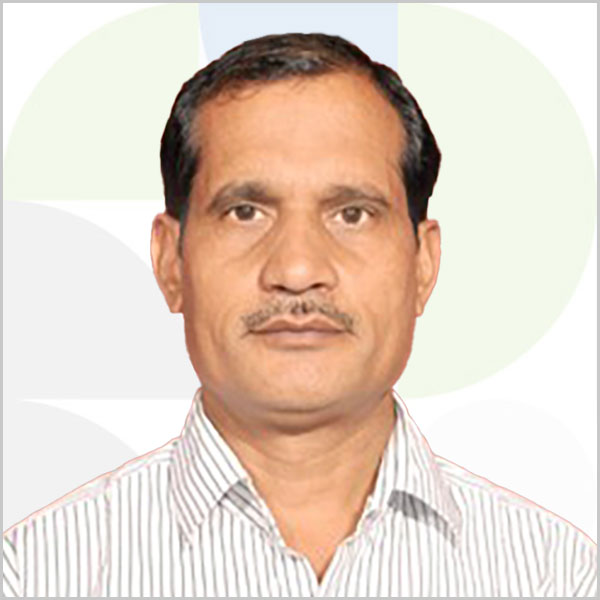
Girja Shankar
EESL
General Manager (Technical), EESL
Girja Shankar received the Undergraduate degree in electrical engineering from the Malviya Regional Engineering College (MREC), Jaipur, India in 1993, And Postgraduate Degree in Power System from Malviya National institute of technology, Jaipur, India in 2005. He is currently working as General Manager (Tech) in Energy Efficiency Services Limited (EESL) and leading Corporate Driven Programme. He had worked as Regional Cluster Head of South West Cluster covering EESL’s operations in the states of Maharashtra, Goa, Kerala and Karnataka. Earlier, he had worked in Bureau of Energy Efficiency (BEE), Public Works Department & DISCOM and having over 27 years’ experience in energy efficiency and cleaner technologies. He was instrumental in setting up of institutional framework of ESCert trading under PAT Scheme of BEE. His research interests include power quality, energy efficiency and ESCO financing.